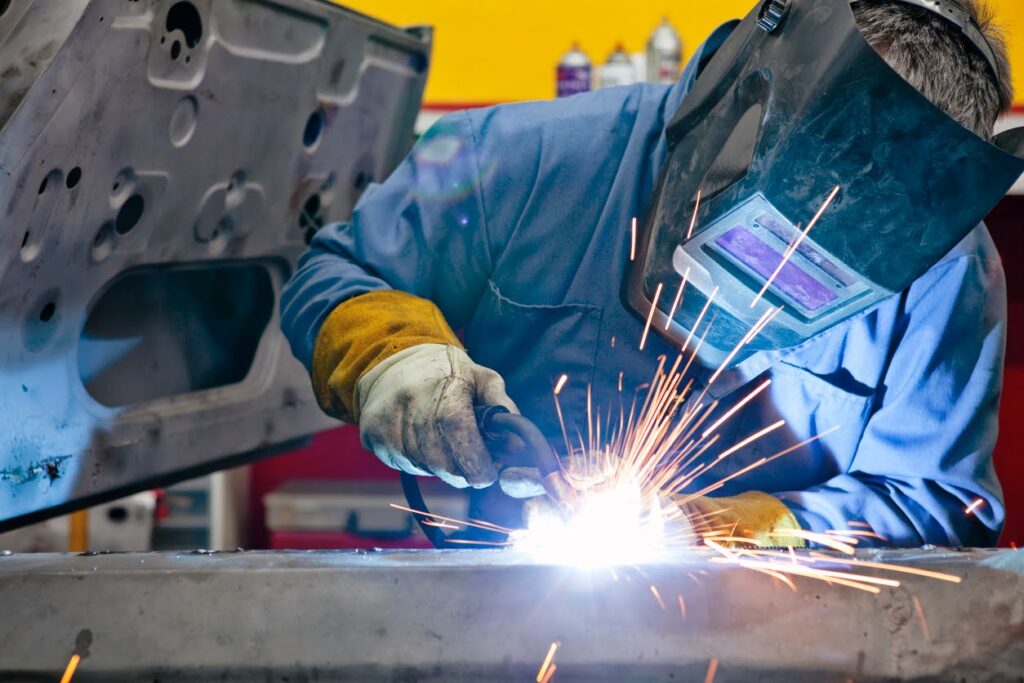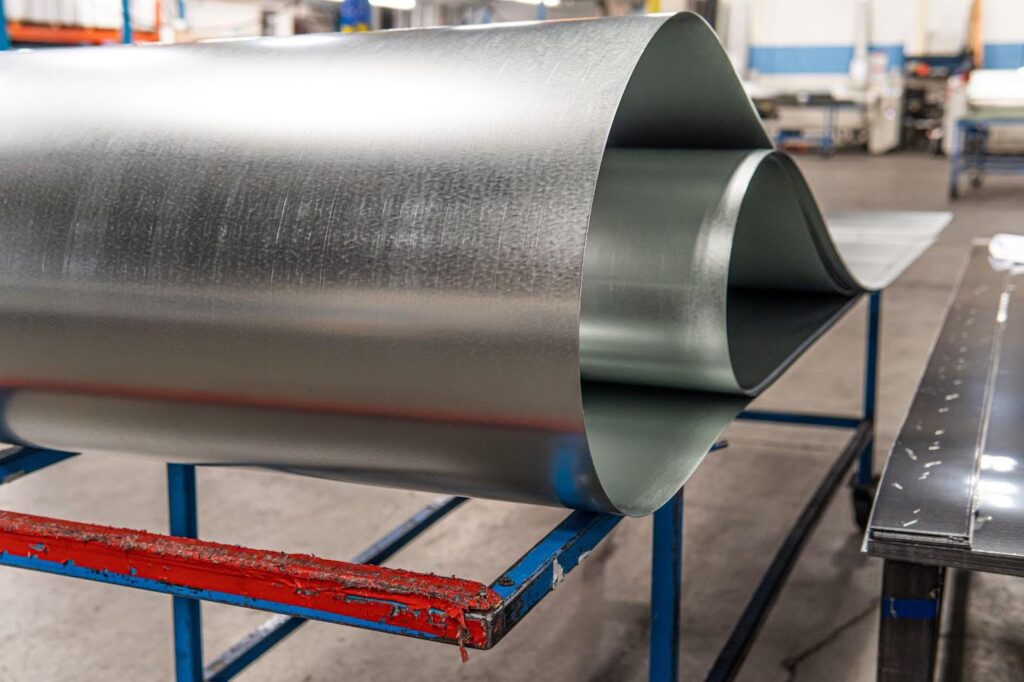Introduction
When it comes to welding, selecting the right technique is crucial for achieving desired results. TIG (Tungsten Inert Gas) welding and MIG (Metal Inert Gas) welding are two popular options, each with its own strengths and applications. To help you make an informed decision, the experts at Avon Lake Sheet Metal created a comprehensive checklist comparing TIG and MIG welding techniques. Evaluate your project requirements against the checklist to determine the most suitable welding technique for your needs.
TIG v. MIG Welding – A Comparison Checklist
Material Thickness: TIG Welding: Ideal for welding thin materials (less than 1/8 inch).
MIG Welding: Suited for thicker materials (1/8 inch and above).
Weld Quality: TIG Welding: Provides exceptional weld quality and precise control, resulting in clean and aesthetically pleasing welds.
MIG Welding: Offers good weld quality with increased speed, suitable for structural applications.
Welding Speed: TIG Welding: Slower process due to its precision and controlled heat input.
MIG Welding: Faster process with continuous wire feed, making it more efficient for high-production environments.
Skill Level and Ease of Use: TIG Welding: Requires more skill and experience to achieve desired results. When selecting a professional welder, looking for an experienced team of certified technicians is important.
MIG Welding: Relatively easier to learn and use, making it suitable for beginners or those seeking faster production.
Versatility: TIG Welding: Highly versatile and can weld a wide range of metals, including stainless steel, aluminum, and exotic alloys.
MIG Welding: Versatile for welding steel, stainless steel, and aluminum, making it a popular
choice for general fabrication.
Equipment and Setup: TIG Welding: Requires a TIG welding machine, gas supply, tungsten electrode, and filler material for certain applications.
MIG Welding: Involves a MIG welding machine, wire feeder, welding gun, shielding gas, and consumable wire electrode.
Cost Considerations: TIG Welding: Generally requires a higher initial investment due to the cost of equipment and consumables.
MIG Welding: More cost-effective for larger-scale projects and high-volume production due to its efficiency.
Conclusion
Choosing the right welding technique, whether TIG or MIG, depends on various factors outlined in this checklist. Consider the material thickness, desired weld quality, welding speed, skill level, versatility, equipment requirements, and cost considerations. By evaluating these aspects against your project requirements, you can confidently select the most suitable welding technique to achieve optimal results.
Does your project require an expert team of certified welders? Avon Lake Sheet Metal can help! Get a quote today!



